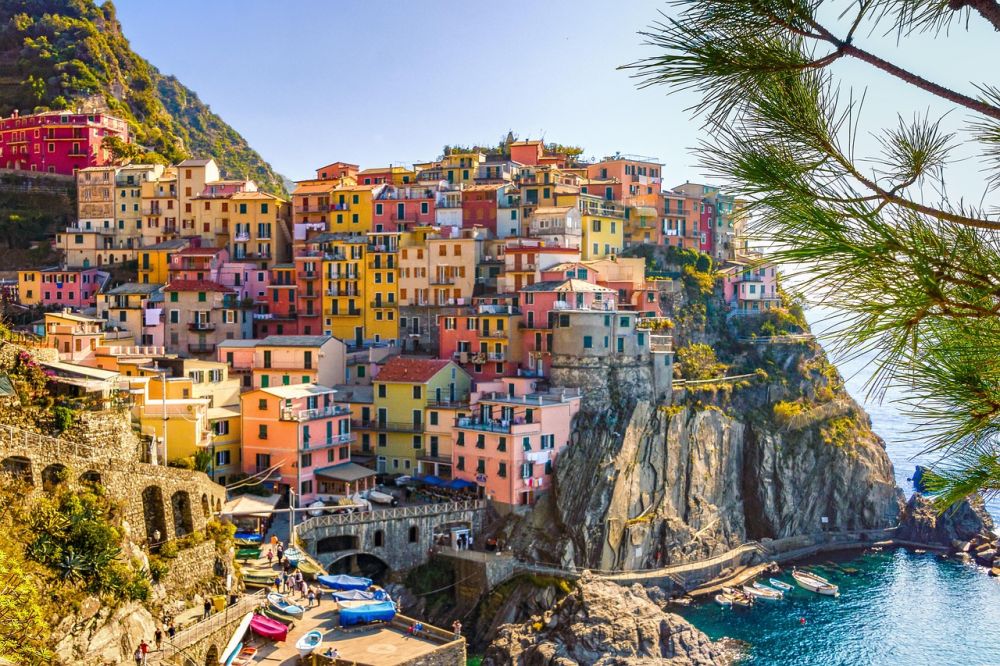Barcelona Arkitekt – En fusion av historia, innovation och kreativitet

Barcelona Arkitekt: En fusion av historia, innovation och kreativitet
Introduction:

Barcelona, a city soaked in rich history and artistic brilliance, has long been a beacon for architectural enthusiasts. From Antoni Gaudí’s iconic creations to the modernist marvels scattered throughout the city, Barcelona’s architecture is a testament to its vibrant cultural heritage. In this article, we delve into the world of Barcelona architects, exploring the various types, popular examples, quantitative measurements, differences, and historical pros and cons.
A Comprehensive Presentation of Barcelona Architects
Barcelona’s architecture scene is a diverse mix of styles, ranging from Gothic and Romanesque architecture to cutting-edge contemporary designs. Barcelona architects have played a significant role in shaping the city’s landscape. They cater to various needs and preferences, whether it’s residential, commercial, or public spaces.
Some of the popular types of Barcelona architects include:
1. Modernist Architects:
The modernist movement, led by the pioneer Antoni Gaudí, dominates Barcelona’s architecture. Gaudí’s architectural wonders like the Sagrada Família and Park Güell exemplify the organic and whimsical nature of modernism.
2. Contemporary Architects:
Barcelona is also a hub for contemporary architecture, where architects experiment with innovative designs and materials. Examples include Jean Nouvel’s Agbar Tower and Frank Gehry’s dazzling fish sculpture in the Olympic Port Area.
3. Restoration Architects:
Given Barcelona’s rich history, restoration architects play a vital role in preserving the city’s heritage. They restore centuries-old buildings, maintaining their structural integrity while breathing new life into them.
Quantitative Measurements of Barcelona Architects
Barcelona architects have left an indelible mark on the city’s skyline, but what do the numbers say? We turn to quantitative measurements to better understand their impact:
1. Skyscrapers:
Barcelona boasts an impressive array of skyscrapers, with each architectural masterpiece adding its own unique touch to the city’s skyline. The height, number of floors, and architectural style of these skyscrapers provide insights into Barcelona’s architectural prowess.
2. Cultural Sites:
Numerous cultural sites, such as museums, exhibition halls, and theaters, have been expertly crafted by Barcelona architects. Quantifying their visitor numbers, awards received, and international recognition helps gauge the popularity and significance of these architectural gems.
3. Sustainability Ratings:
In recent years, focus on sustainability has increased within the architectural community. Measuring Barcelona architects’ commitment to sustainable practices, such as LEED certifications or BREEAM ratings, reflects the city’s dedication to building a greener future.
Exploring the Differences Between Barcelona Architects
Barcelona architects showcase a range of styles, approaches, and philosophies, leading to distinct differences among them. These differences can be observed in several aspects:
1. Design Philosophy:
While some architects draw inspiration from nature and organic forms, others might gravitate towards minimalism or brutalism. Exploring the design philosophies of Barcelona architects can help individuals understand their unique approach to creating spaces.
2. Materials and Construction Techniques:
Architects in Barcelona demonstrate diverse expertise in working with different materials and construction techniques. Some focus on traditional materials like stone and ceramic, while others experiment with innovative materials and cutting-edge construction methods.
3. Influence of Surroundings:
Barcelona’s unique geography and cultural heritage play a significant role in shaping architects’ works. Some architects draw inspiration from the city’s coastline and Mediterranean climate, incorporating elements like sunlight and sea views into their designs.
A Historical Analysis of the Pros and Cons of Barcelona Architects
Throughout history, Barcelona has seen both triumphs and challenges when it comes to architecture. Understanding the historical pros and cons of Barcelona architects helps shed light on their evolution:
1. Pros:
Barcelona architects have consistently pushed the boundaries of creativity and innovation. Their unparalleled ability to blend tradition with modernity has resulted in architectural marvels that attract visitors from around the world. Moreover, their contributions have enriched the city’s cultural legacy and strengthened its reputation as a hub for artistic expression.
2. Cons:
However, Barcelona’s rapid urbanization has also posed challenges for architects. As the city expanded, preserving the historical fabric became a daunting task. Additionally, rapid development led to some architectural designs that lacked sensitivity to the existing urban fabric.
Conclusion:
Barcelona’s architecture tells a story of the city’s past while embracing its future. Barcelona architects have become synonymous with creativity, innovation, and a deep-rooted connection to the city’s rich cultural heritage. From Gaudí’s whimsical creations to contemporary masterpieces, the architectural landscape of Barcelona continues to inspire and captivate. Whether one is a resident or a visitor, exploring the works of Barcelona architects is an opportunity to witness the harmonious fusion of history, innovation, and boundless creativity.











